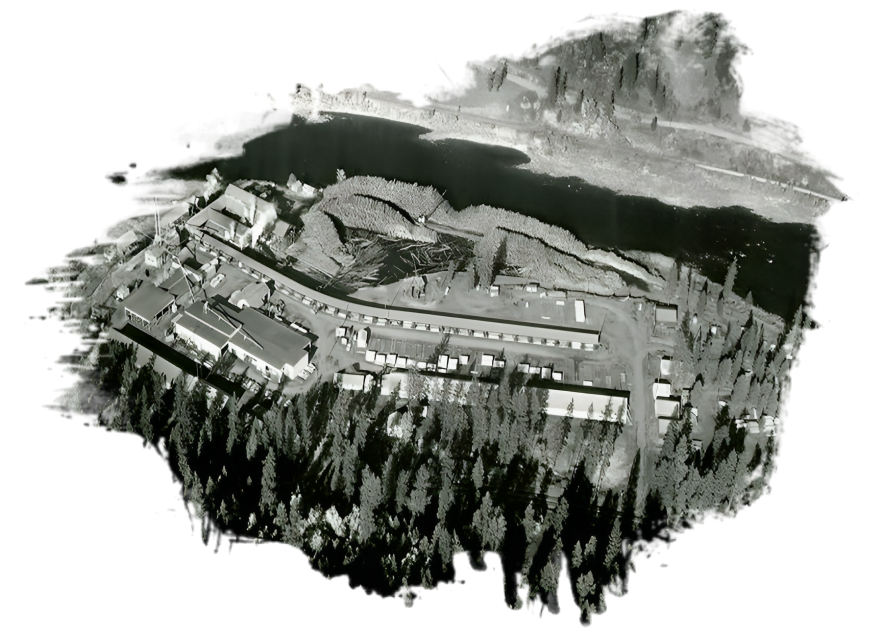Brownfield is defined as real property, the expansion, redevelopment, or reuse of which may be complicated by the presence or potential presence of a hazardous substance, pollutant, or contaminant.
Since its inception in 2002, the purpose of the EPA’s State and Tribal Brownfields Response Program funding has been to sustain, clean up, and restore communities and the ecological systems by providing an oppurtunity to increase the number of Brownfield response actions conducted and overseen by the Nez Perce Tribe Brownfield’s Program.
The objectives are to:
The Nez Perce Tribe’s Water Resources Division is in its thirteenth year managing Comprehensive Environmental Response, Compensation, and Liability Act, known also as Superfund, (CERCLA) Section 128(a) Tribal Response funding to inventory, assess, and help cleanup contaminated and underused properties throughout the 700,000 acre Reservation.
To date, our main Brownfield assessment accomplishments were the successful completion of two Targeted Brownfield Assessments (TBAs) in 2009-2010 that were funded by American Recovery and Reinvestment Act of 2009 (ARRA): Richardson Sawmill in Orofino, ID and the American Legion Trap Range in Craigmont, ID. In 2018 Tribal Council adopted a resolution insitituting Engineering Controls to cap creosote-conamtinated soil at the former Richardson Sawmill, ending a multi-year Environmental Site Assessment on the property, clearing the way for future redevelopment plans.
In 2020, our staff is focused in conducting asbestos assessment and abatement at the former Blue North Mill site in Kamiah, following the Tribe’s purchase of the 114-acre property located at former Nez Perce winter village site on the banks of the Clearwater River in 2018. Assessment and cleanup of the derlict lumber mill will also include contaminate plume and groundwater flow analysis, as well as surface soil and soil bore sampling in the coming years.
In addition, the Tribe is awaiting Tribal Council direction regarding promulgation of draft environmental codes. We need to balance the positive and negative effects of enacting the codes and make recommendations to Tribal Council to promulgate, modify, or reject the following draft codes:
The Tribal Environmental Code and Guidance documents will provide a regulatory framework to approve cleanup plans and verify cleanups are completed. Our Environmental Code and Guidances are comparable to the Idaho Risk Evaluation Manual, which provides risk based corrective action procedures and standards to evaluate soil and groundwater contamination. The correlation between the Idaho and Tribal Codes should give Reservation communities confidence that the same standards are being applied both on and off Reservation and that the residents will be treated fairly.
